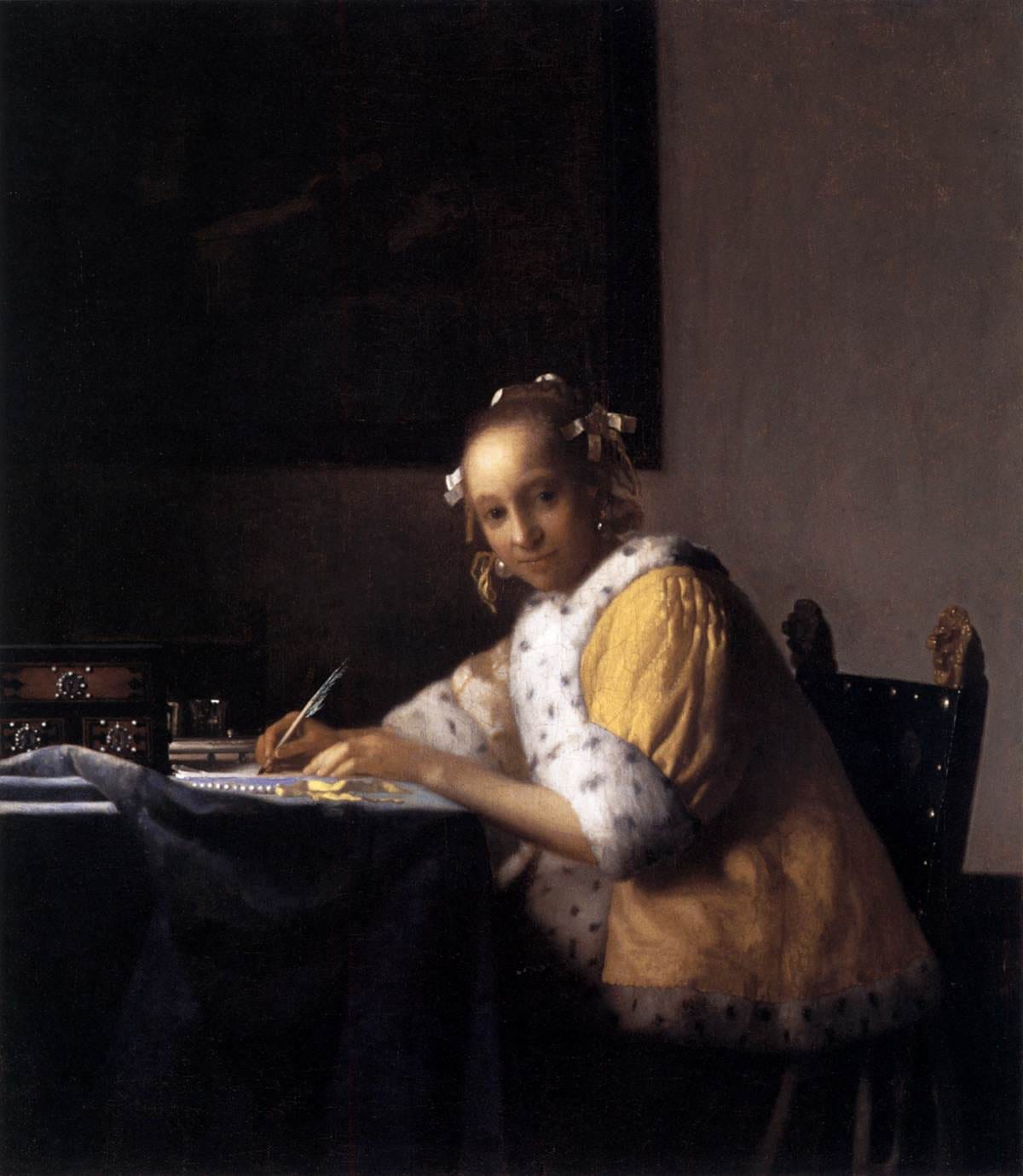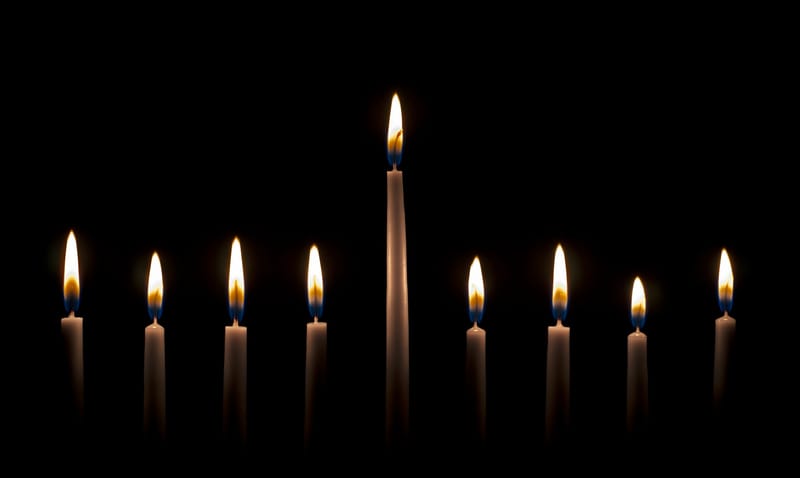
Imagine that you’re a married woman living in a bleak dystopian world in which you’re barred from higher education, you’re forbidden from owning your own property, you have no freedom of movement outside your own home, and your husband might sexually assault you at any time, with impunity.
Only three or four hundred years ago, this was not some fantastic fictional scenario from The Handmaid’s Tale. This was the historical reality for married women in western Europe (sadly, it’s still the reality of some women in some countries today).
But while the early modern era (1600-1800) was a period of domination, oppression, and subjugation, it was also a period of resistance, criticism, and feminist protest. Our sisters of the past were much like the sisters of today: they could spot injustices, they got angry about them, and they wrote about how things could change.
Here are ten things that you might not have known about women’s thoughts on liberty during this historical period.
Women used republican ideas to criticise marriage
Defenders of republican liberty claim that a person is free provided that no one else has the power to dispose of that person’s property (her “life, liberty, and estate”) at his arbitrary will and pleasure. Eighteenth-century women writers, such as Sarah Chapone and Mary Wollstonecraft, highlighted married women’s lack of liberty in this republican sense. Chapone pointed to the fact that every husband in her period had the power to horse-whip his wife, to keep her confined to the basement in near-starvation conditions, and then gamble away her money and estate—all with legal impunity. Funnily enough, she thought the law should be changed.
Women argued that marriage was slavery
Some women writers of this period argued that a married woman was enslaved by her husband, even if her husband were kind and benevolent and generally a jolly nice fellow. Their arguments were built on the republican insight that an agent isn’t strictly free in those situations in which someone else has the power to interfere in their lives, even if that person never exercises his power. To the male republicans of her time, Mary Astell famously posed the question: “If all Men are born Free, how is that all Women are born slaves?” It was her nice way of suggesting they were abominable hypocrites.
A woman anticipated the positive/negative liberty divide
In the 1950s, Isaiah Berlin made a famous and influential distinction between freedom from external interference or constraint (negative liberty), and freedom to achieve something or become someone (positive liberty). In the late eighteenth century, a woman named Sophie De Grouchy prefigured this famous modern-day dichotomy in her own distinction between positive property rights and negative rights. De Grouchy wrote her Letters on Sympathy at least twenty years before Benjamin Constant’s essay on ancient and modern liberty, a key inspiration for Berlin.
Women found inspiration in metaphysical ideas about freedom
Women thinkers of the period embraced popular Cartesian ideas about freedom to argue in favour of women’s intellectual competence. Gabrielle Suchon and Mary Astell both echo the French philosopher René Descartes’ insights about the radical freedom of the will. In a nutshell, they argue: “I think, therefore … I have the power to affirm or deny, pursue or avoid the ideas of my intellect, so that I can follow the right way of thinking in any circumstances.” OK, so it wasn’t as pithy as “I think, therefore I am,” but it was inspirational for other women.
Writers called for higher education opportunities for women
Drawing on the aforementioned insights about women’s freedom of mind, several thinkers—including François Poulain de la Barre, Margaret Cavendish, Mary Astell, and Catharine Macaulay—argued that women were capable of being educated for higher pursuits.
Visionary men traveled the road to feminist emancipation with women
Speaking of Poulain de la Barre—hats off to male feminists, past, present, and future.
Women contributed to the invention of autonomy
Gabrielle Suchon argued that women should lead the life of a “neutralist” who is radically free from external commitments and thus at liberty to follow her inner rational law of nature rather than the dictates of outside social institutions. That is, she contributed to the invention of autonomy a century before a man named Immanuel Kant arrived on the scene.
Historical women anticipated many present-day feminist ideas
Astell, Eugenia, and Mary Chudleigh all recognised that marriage promotes the “merger of egos,” a kind of slavish subservience that leads to women’s interests being sacrificed for the sake of men’s concerns—something that modern-day feminists, like Sandra Bartky and Marilyn Friedman, still subject to critique. The idea of autonomy being exercised against a consideration of our relations with others—current-day relational autonomy—was already driving Astell’s idea of the importance of female friendships in a religious retreat of higher learning and Cavendish’s idea of female-only communities.
Women integrated liberty into large scale philosophies
Some women were committed to building large-scale philosophies in which metaphysics, physics, morals—and freedom’s place therein— are integrated into a single, systematic vision.
Anne Conway’s interests lie in thinking about women’s and men’s freedoms against a consideration of their relations with God. Catharine Cockburn’s philosophical projects include a fascination with the theological, including thinking about the nature of God’s freedom. And Emilie Du Châtelet was keen on thinking about women’s lives and freedoms within a systematic account of the nature world.
Women wrote about liberty in a large range of genres
Women philosophers used a wide range of genres and methods to write philosophically about women and liberty in order to reach a variety of audiences against a backdrop of scepticism regarding women’s philosophical abilities.
Astell’s use of irony allowed her to sneak dangerous ideas into the conversation about marriage. Cavendish’s plays play with subversive ideas of women divorced from the company of men. And Wollstonecraft’s novels vividly capture the emotional cost to women deprived of human liberty.
It might also be added that these women thinkers themselves found liberty in exercising their intellects—in exercising their freedom to philosophise.
This article was co-written with Karen Detlefsen and first appeared on the Oxford University Press's Academic Insights blog.
Jacqueline Broad and Karen Detlefsen co-edited the book Women and Liberty, 1600-1800.
To mark International Women’s Day on 8 March 2018, Monash Lens has run a series of articles highlighting the influence Monash women are having in their fields.





